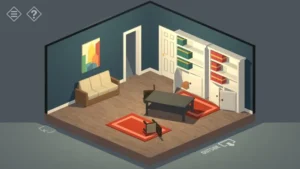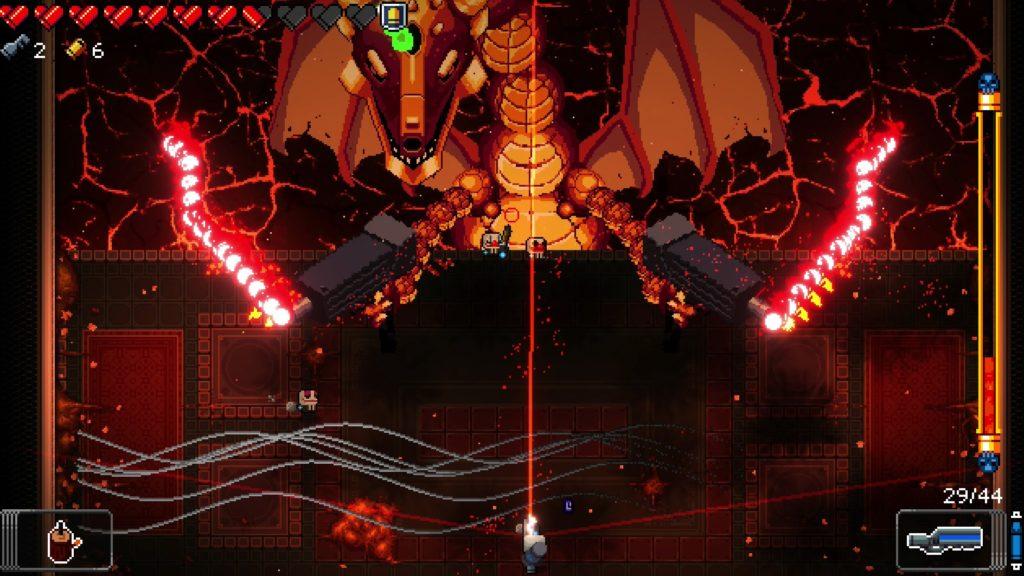Architecture as Plot: A Designer’s Critique of
*** read while listening to the the soundtrack
Game: Tiny Room Stories: Town Mystery
Developer: Kiary Games
Platform: iOS, Android, Steam (I played the iPhone version)
Target audience: Puzzle lovers, mystery fans, and players who enjoy spatial manipulation as storytelling.

Thesis
Town Mystery integrates its central mechanic of rotating voxel diorama rooms with its narrative arc, using each camera pivot to reveal new clues, memories, and story beats. The game effectively weaves its mystery into the architecture: room layouts, gating, and controlled viewpoints act as pacing devices that drive both player progression and plot development. While this approach is often elegant and tactile, uneven puzzle clarity and limited accessibility options hinder its full potential.
The core interaction
rotating a room 90 degree, does more than change perspective. Each turn reveals a new clue: a torn photo, a keypad, or a drawer you couldn’t see before. The mechanic becomes a storytelling device. Kiary Games emphasizes this in their Steam description, encouraging players to “rotate and inspect from every angle.” Spatial logic becomes central to progression. You might pull a lever, then rotate the room to see its effect across a wall. Later levels like the bank heist expand this spatial storytelling across floors, creating a tight feedback loop: puzzle solving becomes deductive reasoning grounded in physical space.
Architecture That Paces the Story
The game’s level progression mirrors the unfolding of a mystery novel. Early chapters limit exploration to a single house, subtly teaching rotation mechanics. Later, the game expands outward to entire city blocks, underground tunnels, and secret temples. Each area introduces new gating mechanisms: colored locks, power switches, blocked passages, that regulate pacing and increase narrative stakes. The environments themselves also deliver story. An abandoned street implies isolation long before a journal confirms it. A mysterious underground temple signals a shift toward supernatural conspiracy. These settings are not just backdrops – they’re storytelling devices. The layout controls tempo, and each architectural change feels like a plot development.

What Worked & Didn’t
The game excels in onboarding and moment-to-moment interaction: the Prologue limits rotation to just two faces, subtly teaching the mechanic without intrusive tutorials. Optional touches (like spinning an office chair) add a sense of physical presence, while early glimpses of locked areas create classic Myst-style foreshadowing that motivates players to keep exploring. However, these strengths are occasionally undercut by inconsistent puzzle clarity and jarring structural shifts. Some puzzles, particularly ciphers, lack clear logic or visual cues, leaving players stuck even when they’re looking in the right place. More disruptively, the finale abandons the isometric viewpoint for a flat side-scrolling corridor, breaking the game’s established spatial grammar and weakening the emotional payoff. A color-dependent puzzle in Chapter 2 further highlights the design’s blind spots, creating an unnecessary barrier for colorblind players.
Ethics
One of the game’s most revealing ethical failures is its reliance on color as a puzzle mechanic without offering any alternative cues, a choice that effectively locks out colorblind players from progressing. In Chapter 2, a mandatory puzzle requires reproducing a sequence of colors modeled after Pac-Man ghosts, with no textual hints, shape overlays, or accessibility settings to compensate. This isn’t just an oversight – it’s a structural exclusion built into the core gameplay. Given that color vision deficiency affects roughly 1 in 12 men, this design decision quietly tells a significant portion of players: “This story isn’t for you.” Accessibility isn’t a bonus feature; it’s part of narrative delivery. When the central mechanic is about uncovering hidden meaning, a game that leaves some players unable to decode that meaning isn’t just flawed, it contradicts its own premise.



